Increasing Air Travel Demand
The commercial airport-baggage-handling-systems market is significantly influenced by the rising demand for air travel in the United States. With an increase in passenger numbers, airports are compelled to enhance their baggage handling capabilities to accommodate the growing volume of luggage. According to recent data, air travel in the US is projected to grow by approximately 4% annually over the next five years. This surge necessitates the expansion and modernization of baggage handling systems to ensure timely and efficient processing. Consequently, airports are investing heavily in upgrading their existing systems, which is likely to propel the commercial airport-baggage-handling-systems market forward.
Focus on Operational Efficiency
In the commercial airport-baggage-handling-systems market, there is a growing emphasis on operational efficiency. Airports are increasingly recognizing the importance of optimizing their baggage handling processes to reduce costs and improve service delivery. This focus on efficiency often leads to the adoption of integrated systems that streamline operations, minimize delays, and enhance the overall passenger experience. For example, the implementation of data analytics can provide insights into baggage flow, enabling airports to make informed decisions that enhance efficiency. As competition among airports intensifies, the drive for operational efficiency is expected to significantly influence the commercial airport-baggage-handling-systems market.
Investment in Infrastructure Development
The commercial airport-baggage-handling-systems market is being propelled by substantial investments in infrastructure development across the United States. Many airports are undergoing expansions and renovations to accommodate increasing passenger traffic and improve service quality. This infrastructure development often includes the modernization of baggage handling systems, which are critical for maintaining operational efficiency. For instance, airports are investing in high-capacity baggage handling systems that can process larger volumes of luggage more effectively. As these infrastructure projects progress, they are likely to create new opportunities for growth within the commercial airport-baggage-handling-systems market.
Regulatory Compliance and Safety Standards
The commercial airport-baggage-handling-systems market is also driven by stringent regulatory compliance and safety standards imposed by aviation authorities. These regulations mandate that airports maintain high levels of security and efficiency in baggage handling processes. Compliance with these standards often requires significant investment in advanced baggage handling technologies and systems. For instance, the Transportation Security Administration (TSA) enforces regulations that necessitate the use of state-of-the-art screening technologies, which can increase operational costs but ultimately enhance safety and efficiency. As airports strive to meet these requirements, the demand for sophisticated baggage handling systems is likely to grow.
Technological Advancements in Baggage Handling
The commercial airport-baggage-handling-systems market is experiencing a surge in technological advancements, particularly in automation and robotics. These innovations enhance efficiency and accuracy in baggage processing, reducing the likelihood of lost or delayed luggage. For instance, the implementation of automated sorting systems can increase processing speeds by up to 30%, thereby improving overall operational efficiency. Furthermore, the integration of advanced tracking technologies, such as RFID, allows for real-time monitoring of baggage, which is crucial for enhancing customer satisfaction. As airports continue to modernize their infrastructure, the demand for sophisticated baggage handling systems is expected to rise, driving growth in the commercial airport-baggage-handling-systems market.


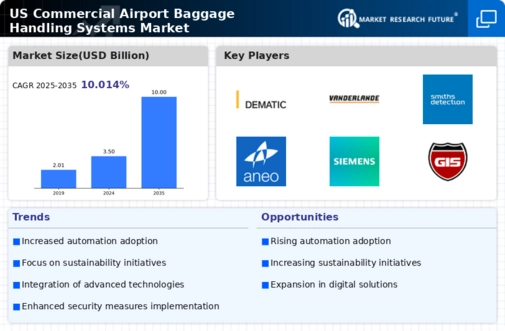
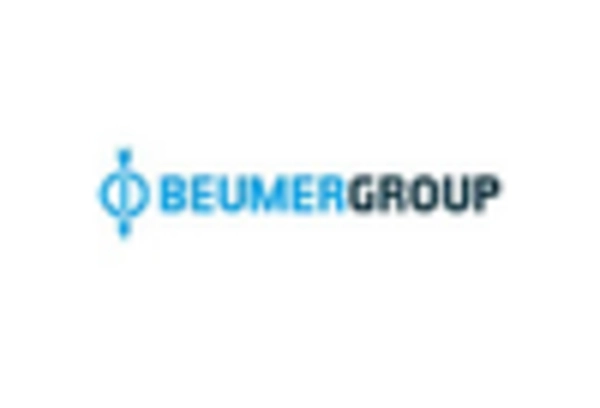
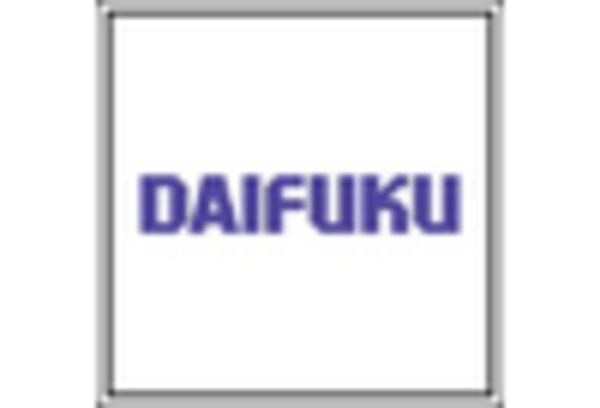

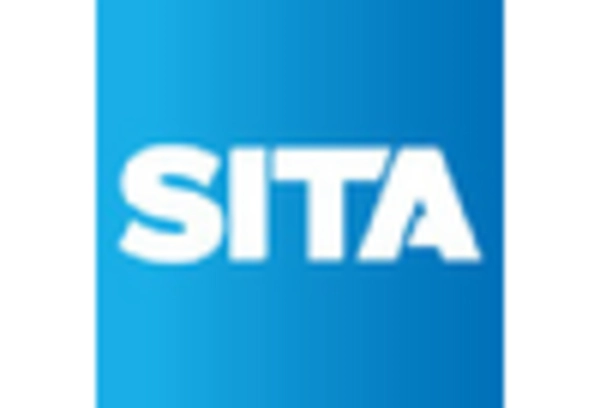

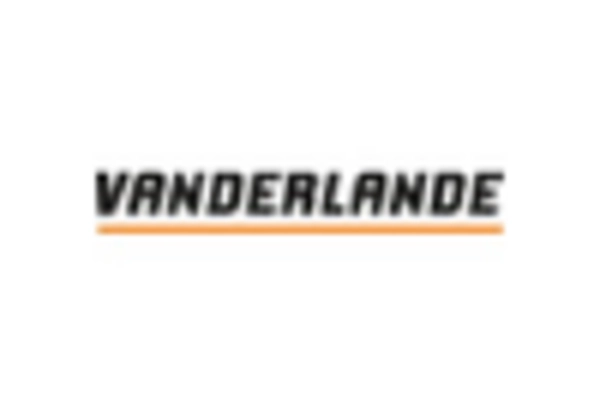








Leave a Comment